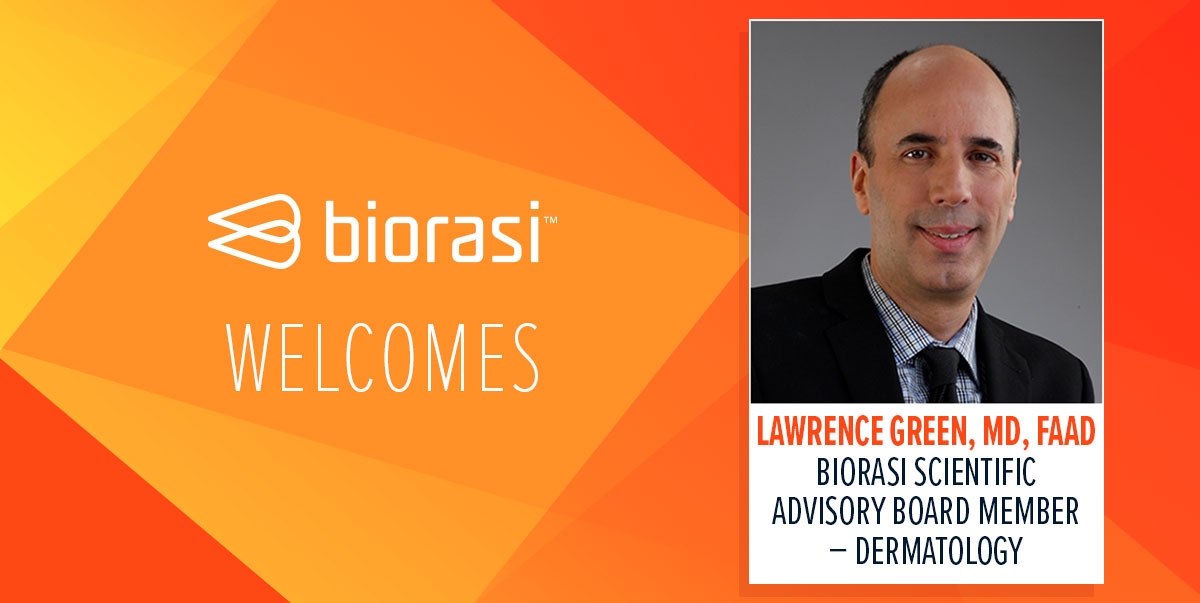A team from Biorasi joined more than 900 leaders from the FDA, NIH and the pharma and biopharma industries for the National Organization for Rare Disorders (NORD) Rare Diseases & Orphan Products Breakthrough Summit.
Throughout two packed days of keynotes, breakout sessions and panel discussions, we gained valuable insight into the most urgent rare disease topics. We also met some great people. Here are a few takeaways from the event:
Reimbursement is still a big issue
Patients continue to have a hard time getting access to medication. Either payers don’t cover the therapies they need, or the drug is simply too expensive. Or both.
CDER’s Associate Director for Strategic Initiatives, Theresa Mullin, PhD; FDA Acting Director Ned Sharpless, MD; and Health and Human Services Secretary Alex Azar all gave informative keynote speeches. These leaders and others from FDA, who spoke on panels and in town halls, voiced the need to support innovation for cures while making medications more affordable.
FDA representatives voiced support for rare disease, noting it wants to streamline approvals by standardizing templates and offering natural history study and Clinical Outcome Assessment guidance. During the town hall, “A Conversation with FDA Center Directors,” multiple drug developers recognized the need for more flexible models. Some said they’re exploring a “drugs on demand” type concept.
Meanwhile patient advocacy groups are taking charge. They’re getting directly involved in drug development rather than waiting around for pharma. They’re also establishing their own training programs for healthcare providers and caregivers to help speed up diagnosis and improve care. We expect them to play an even greater role in clinical research.
New technology is advancing rare disease drug development
During “Ahead of Its Time: Next-Generation Technology and Innovation in Rare Diseases,” panelists discussed how the latest technology can benefit rare disease diagnosis, research and treatment. Artificial intelligence (AI) got a lot of attention here. Panelists talked about how AI can speed up genomic sequencing to identify rare disease patients. Drug developers can also use AI to match patients with clinical trials, principal investigators and advocates.
Another good discussion centered on using video when measuring endpoints. Taking a simple cell phone video is an easy way for caregivers or patients to show symptoms to physicians, especially in rare neurological disorders and dermatological conditions.
Endpoint measurement by video may reduce the quantity of office evaluations, which frees up site staff for other tasks and makes patients’ lives easier. Assessments should also have more caregiver input, the panelists argued.
Enhancing Patient-Pharma communication
During the “Advancing Curative Therapies for Rare Cancers” breakout session, a patient shared the experience of getting involved in drug design for a rare cancer based on a gene mutation. A valuable Q&A between patients and pharma followed.
Patients asked pharma how they could get involved and how the companies plan to help them with treatment. Aside from focus groups and patient advocates, how often do patients get to have a one on one with drug makers?
The Orphan Drug Act has played an important role in increasing rare disease research and development. Yet, only about 5% of all rare diseases have approved treatments available. Conferences like NORD’s Breakthrough Summit bring industry leaders together to talk about how to get more people the treatments they need. We’re honored to take part.


To learn more about our approach to rare disease and orphan drug development, check out our white paper on the topic.
See you at NORD 2020!





